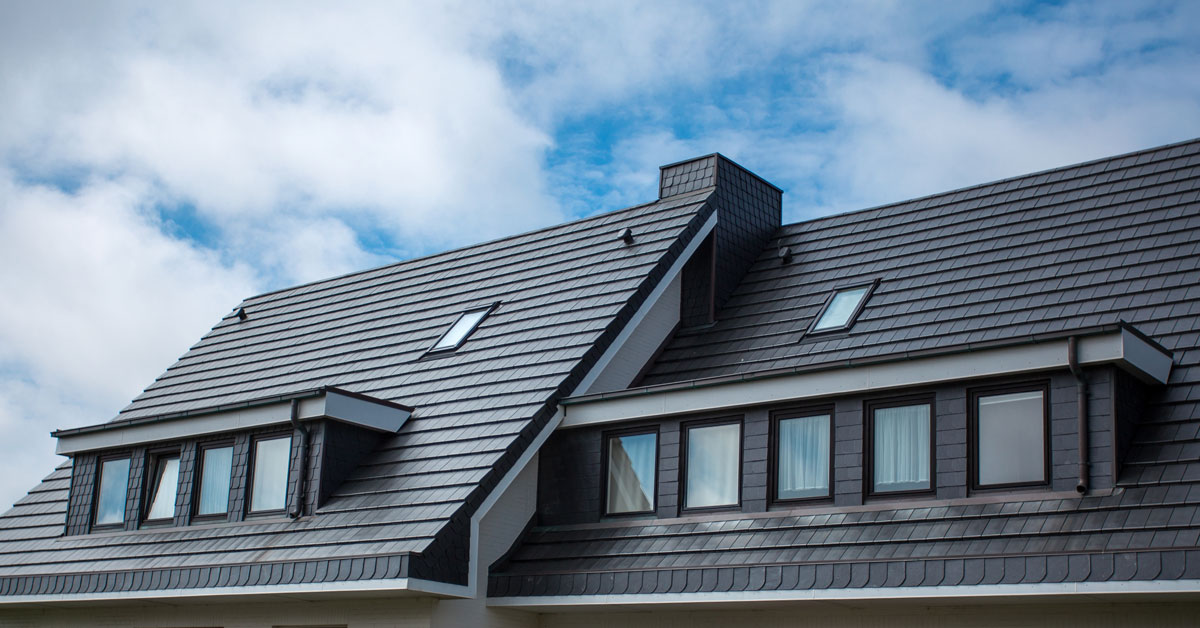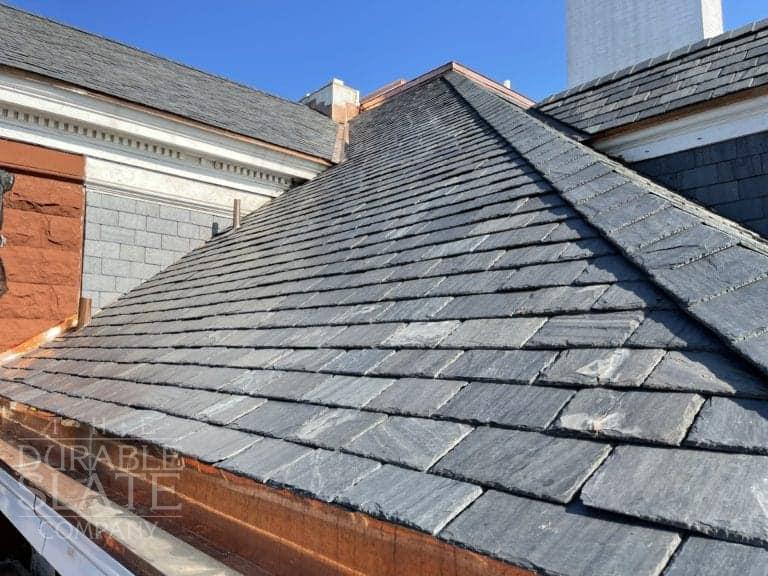Client Testimonies on the Best Gainesville FL Roofing Companies Offered
Client Testimonies on the Best Gainesville FL Roofing Companies Offered
Blog Article
Best Practices for Ensuring Correct Roof Ventilation
Ensuring correct roofing air flow is essential for the durability and efficiency of a roofing system. A well balanced consumption and exhaust air vent ratio, commonly 1:300, plays a crucial duty, with consumption vents ideally placed at the lower edge of the roofing for awesome air access and exhaust vents at the top for cozy air exit. Normal assessments to identify clogs and preserve clear air movement are critical. Additionally, maintaining insulation away from vents is critical to stop airflow restriction. Comprehending these fundamental components sets the stage for more thorough understandings into installation and maintenance methods that can significantly enhance your roof system's efficiency.
Understand Air Flow Essentials
Properly comprehending ventilation essentials is important for guaranteeing the durability and performance of roof. Reliable ventilation reduces dampness accumulation and temperature extremes in the attic room, both of which can result in considerable structural damage over time. A well-ventilated roofing system assists in stopping typical issues such as mold development, timber rot, and ice dams, which can jeopardize the honesty of the roof materials and the underlying frameworks.
The primary objective of air flow is to assist in the motion of air, permitting a constant exchange between the indoor and outside settings. This balance is achieved via a combination of consumption and exhaust vents that work with each other to maintain optimal air movement. Intake vents, generally situated along the eaves or soffits, allow fresh air to enter the attic room, while exhaust vents, frequently situated at or near the roof covering ridge, make it possible for warm, damp air to leave.
Secret factors influencing the effectiveness of roof air flow consist of proper positioning, sufficient sizing, and making certain that both intake and exhaust vents are unobstructed. Normal evaluation and maintenance are critical to identify prospective blockages, damages, or inadequacies in the air flow system, thus safeguarding the roofing system's performance and durability.
Types of Roofing System Vents
Roof covering vents play a critical function in keeping effective attic ventilation and, by extension, the total health of the roof system. Different sorts of roof vents are available, each with distinct advantages customized to specific roofing requirements. Ridge vents, as an example, are set up along the roofing system's optimal, allowing warm, humid air to get away from the attic room. They offer constant air flow and blend seamlessly with the roofline, making them both effective and cosmetically pleasing.

Soffit vents are installed under the eaves and job in tandem with roofing system vents to make certain a well balanced intake and exhaust system. By enabling cooler air to get in from below, soffit vents help with the expulsion of warm air through upper vents. Gable vents, situated on the outside walls of the attic room, offer one more reliable solution, especially in homes with saddleback roofs.
Examine Your Current Ventilation
Following, think about the age and problem of your roof products and air flow parts. Older systems might not abide by existing building codes or might have degraded in time, lowering their efficiency. Conduct a comprehensive examination to determine any type of signs of damage, such as rust, damages, or gaps that can compromise the system's efficiency.
In addition, gauge the attic room temperature and humidity degrees. High temperatures and humidity can show insufficient air flow.
Installation Best Practices
Efficient installment of roof covering ventilation systems is critical for making certain optimal performance and durability. Correct installment begins with recognizing the specific ventilation needs of the structure and the roof it covers. This entails computing the right ratio of consumption to wear down vents, usually adhering to the 1:300 rule, which stipulates one square foot of ventilation for every 300 square feet of attic room floor space.

Consumption vents should be installed at the roofing's lower side, frequently in the soffits, to allow awesome air to go into. Exhaust vents, on the various other hand, should be set up near or at the roof covering's top to promote the leave of cozy, wet air.
Seal all vent links thoroughly to protect against air leaks and potential water infiltration. Use premium products and comply with maker standards to guarantee sturdiness and efficiency. Furthermore, incorporating ridge vents with baffles can dramatically enhance airflow efficiency by avoiding wind-driven rainfall and snow from getting in the attic room.
Inevitably, precise setup of roof covering air flow systems mitigates possible problems such as mold growth, ice dams, and structural damages, making certain the roof's integrity and the building's total wellness.
Normal Maintenance Tips
Uniformity in upkeep techniques is fundamental to ensuring the lasting performance of roof covering air flow systems. Routine assessments are critical, preferably executed biannually-- in the spring and loss. Throughout these examinations, ensure that vents are devoid of particles, nests, and various other obstructions that can impede air movement. Look for any type of signs of dampness build-up or mold, as these can show inappropriate air flow or leaks (roofing companies).
Make use of a soft brush or a vacuum to eliminate dust and debris from intake and exhaust vents. Be mindful not to harm the air vent displays or louvers throughout the procedure.
Correct insulation is equally crucial. Make certain that attic room insulation does not block the vents, linked here as this can drastically limit airflow. Reposition or change it to keep a reliable obstacle. if any insulation has moved or resolved.
Last but not least, change any damaged or missing out on elements immediately. Busted vents, fractured shingles, or deteriorated flashing can all contribute to inadequate ventilation and must be resolved immediately. Normal maintenance guarantees that the roof ventilation system functions ideally, therefore extending the life expectancy of the roofing itself.
Conclusion
Guaranteeing correct roof air flow is vital for preserving the efficiency and resilience of a This Site roofing system. Adherence to the 1:300 consumption and exhaust vent proportion, combined with the tactical placement of vents, is essential. Normal biannual inspections, debris cleaning, and making certain insulation does not block air flow are vital practices. Applying these best techniques will certainly promote a well-ventilated roof system, thereby reducing potential problems related to moisture buildup and excessive warm, ultimately lengthening the roofing's life-span.
A balanced consumption and exhaust air vent ratio, generally 1:300, plays a critical duty, with intake vents ideally put at the reduced side of the roofing for trendy air entry and exhaust vents at the height for cozy air leave. Intake vents, commonly located along the eaves or soffits, enable fresh air to go into the attic room, while exhaust vents, often positioned at or near the roof ridge, allow warm, humid air to run away.
Soffit vents are installed under the eaves and work in tandem with roofing vents to ensure a well balanced consumption and exhaust system. By permitting cooler air to enter from below, soffit vents facilitate the expulsion of warm air via top vents. Adherence to the 1:300 consumption and exhaust vent proportion, paired with the calculated placement of vents, is crucial.
Report this page